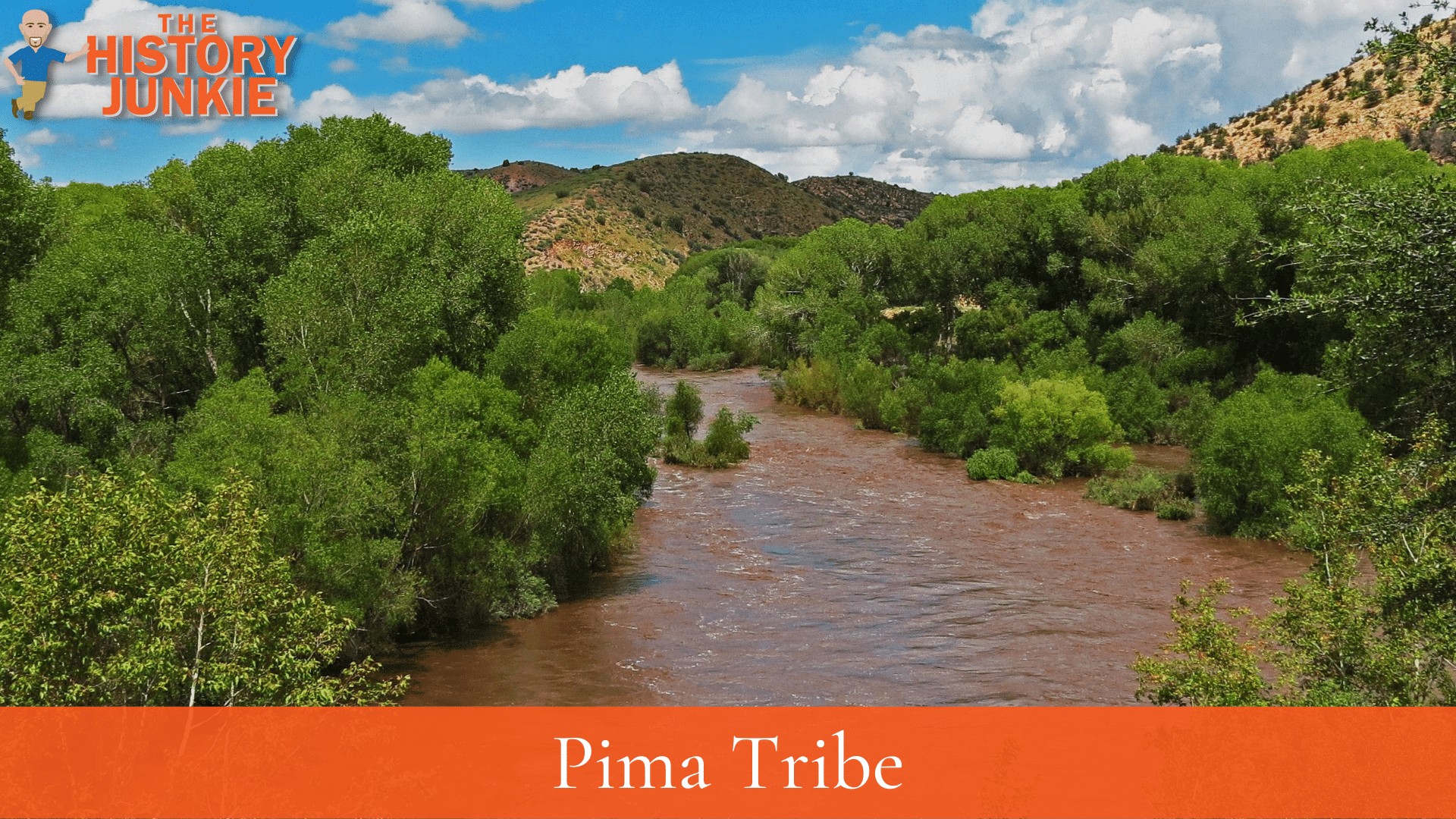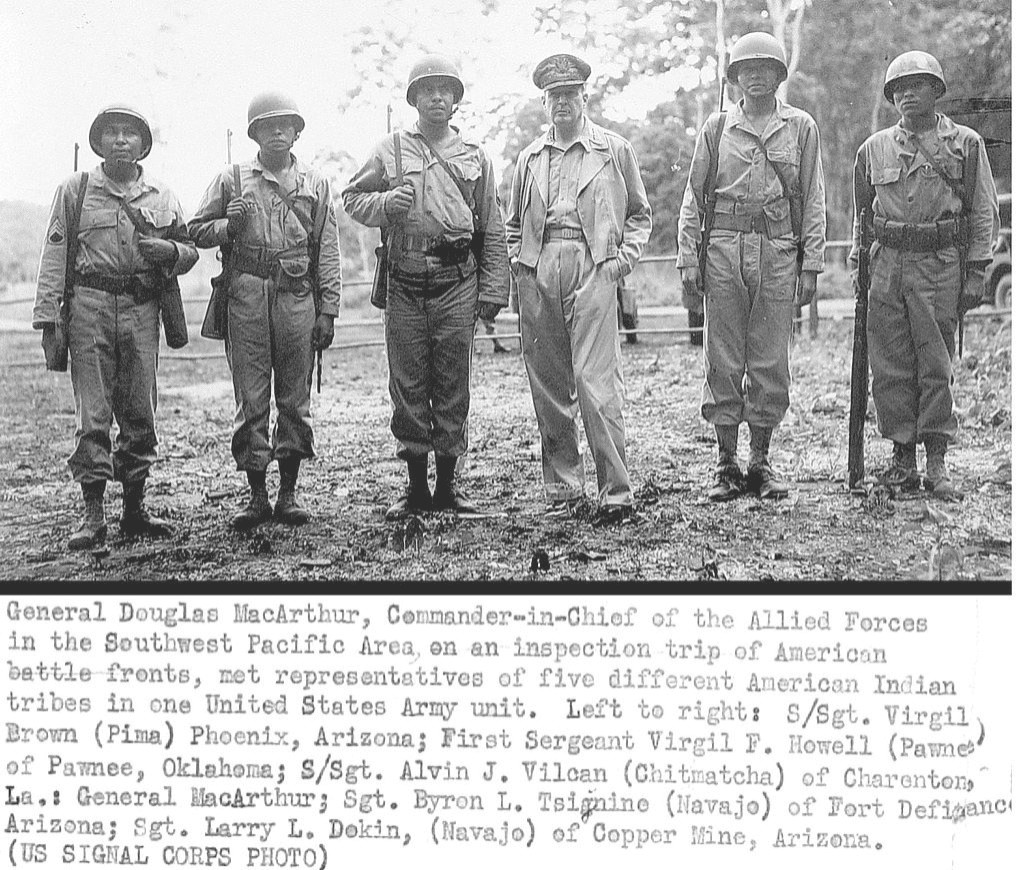
Jump to:
#1. The Pima Tribe Built Extensive Irrigation Systems
Prior to the Spanish Conquistadors arriving in the new world, the Pima Tribe, a Southwest Indian Tribe, lived near the Gila and Salt Rivers. They were excellent farmers, and their economy was built on their ability to cultivate the land, hunt, and gather.
Due to the arid climate, the Pima had to build extensive irrigation networks to bring water in from the rivers to water their crop. These irrigation systems were so sophisticated that some are still in use.
Over time, the communities built and altered canal systems according to their changing needs.
#2. Their Primary Enemies Were The Apache and Yavapai Tribes.
Prior to the Europeans arriving, the primary enemies that the Pima tribe had were the Apache and Yavapai tribes.
Raids would often occur between these tribes and the Pima for resources that the tribes would compete over. These long rivals would be hard for the Pima to get over when it came time to unify against the Americans who were pressing west.
When we think of raids, we often assume that the raids were done by quick attacks on horseback and a bow and arrow. However, these raids were done on foot.
The horse did not arrive in America until the Spanish arrived.
#3. The Pima Tribe Became Prosperous After The Gadsden Purchase
Despite Americans pushing further west and encroaching on lands held by Native Americans, the Pima tribe seemed to make it work for a while.
After the Gadsden Purchase, the southern part of Arizona opened up.
New markets were developed, initially to supply immigrants heading for California. Grain was needed for horses of the Butterfield Overland Mail and for the military during the Civil War.
As a result, the Pima people experienced a period of prosperity. The Gila River Indian Community was established in 1859.
#4. Settlers Encroached On Their Land After The Civil War
After General Robert E. Lee surrendered his army to General Ulysses S. Grant and the war ended, Americans began to move and settle the west.
While the Pima seemed to do well prior to the Civil War, it would be a different story after the war ended. The sheer amount of settlers that arrived would deplete the land's resources and, in doing so, changed the way the tribe functioned.
Interactions between Native American groups and the American settlers became increasingly tense. The U.S. government adopted a policy of pacification and confinement of Native Americans to reservations.
The government also began forcing assimilation between the tribes, which caused many to lose their identity and traditions.
#5. The Pima Tribe Resurged After World War 2

Since World War 2, however, the Pima tribe has experienced a resurgence of interest in tribal sovereignty and economic development.
The community has regained its self-government and is recognized as a tribe. In addition, they have developed several profitable enterprises in fields such as agriculture and telecommunications and built several gaming casinos to generate revenues.
They have begun to construct a water delivery system across the reservation in order to revive their farming economy.
The tribe's resurgence has rekindled pride in their native roots. The Pima were always known for their resourcefulness, and they are continuing that legacy.
